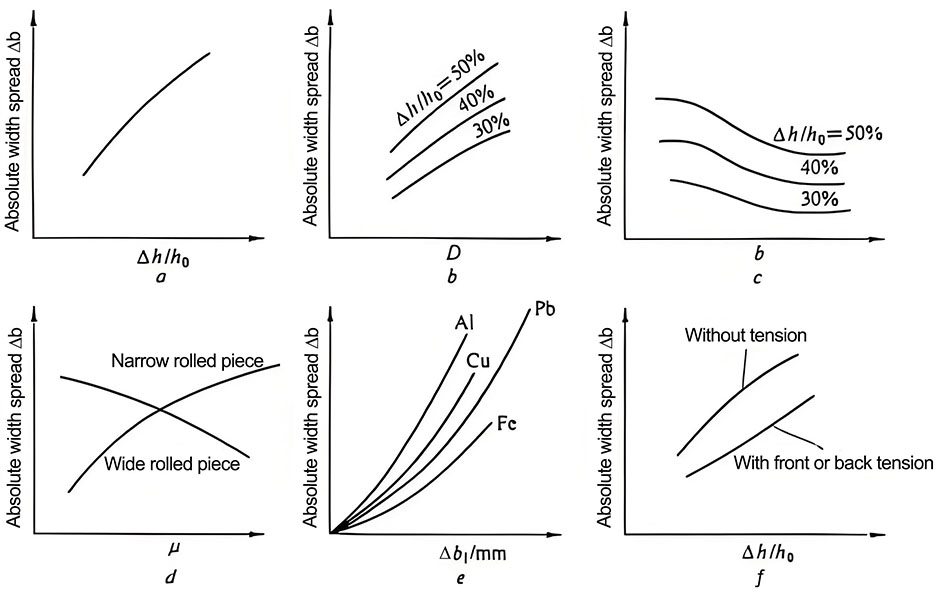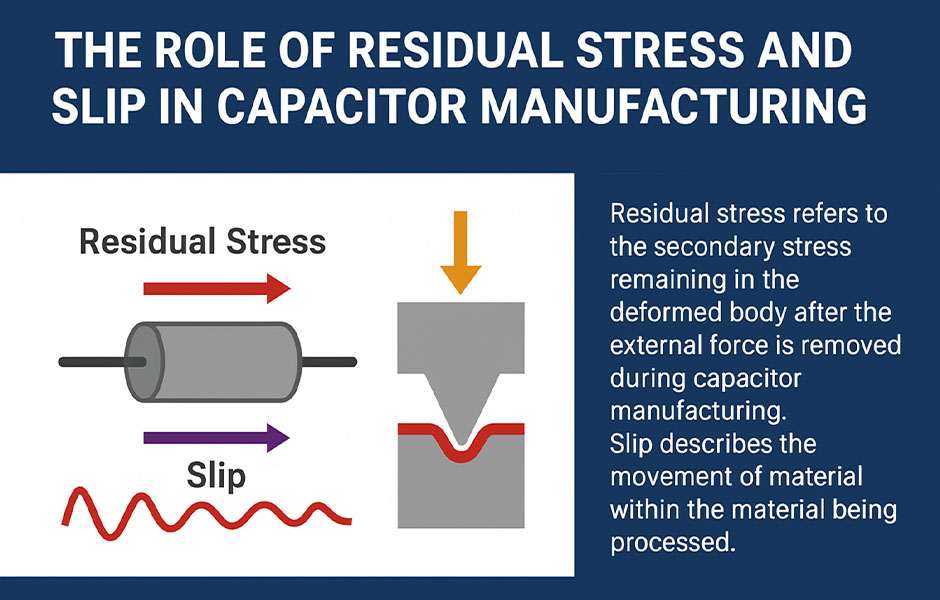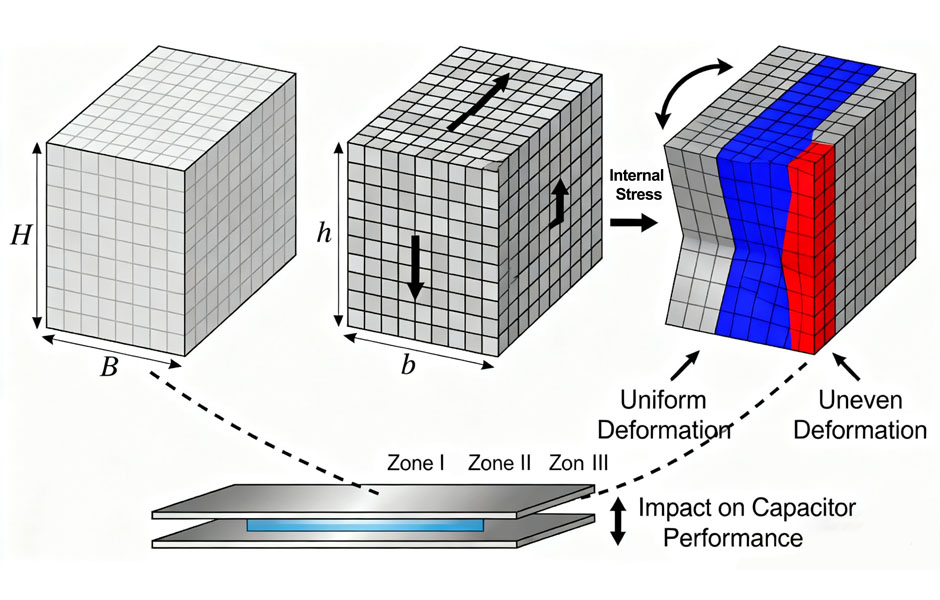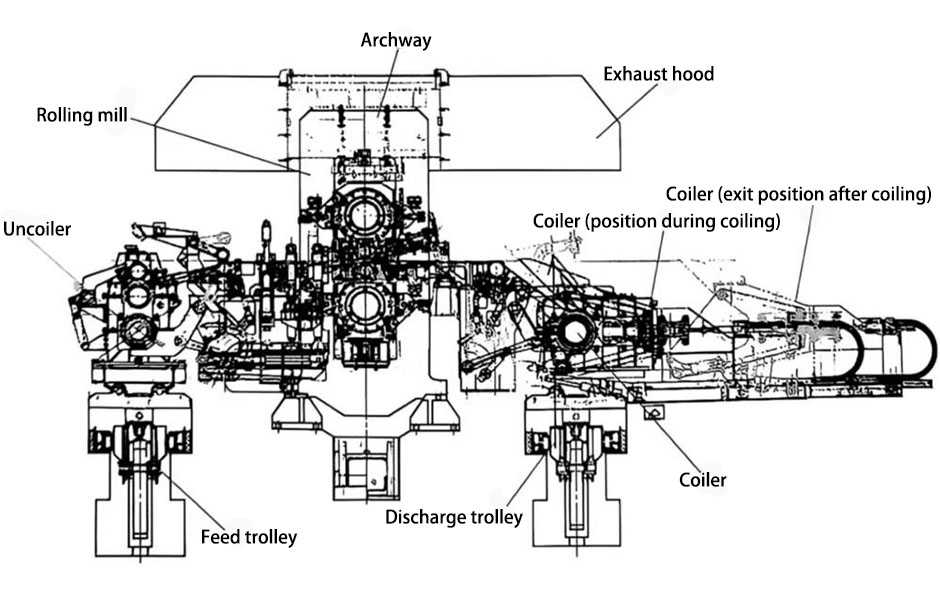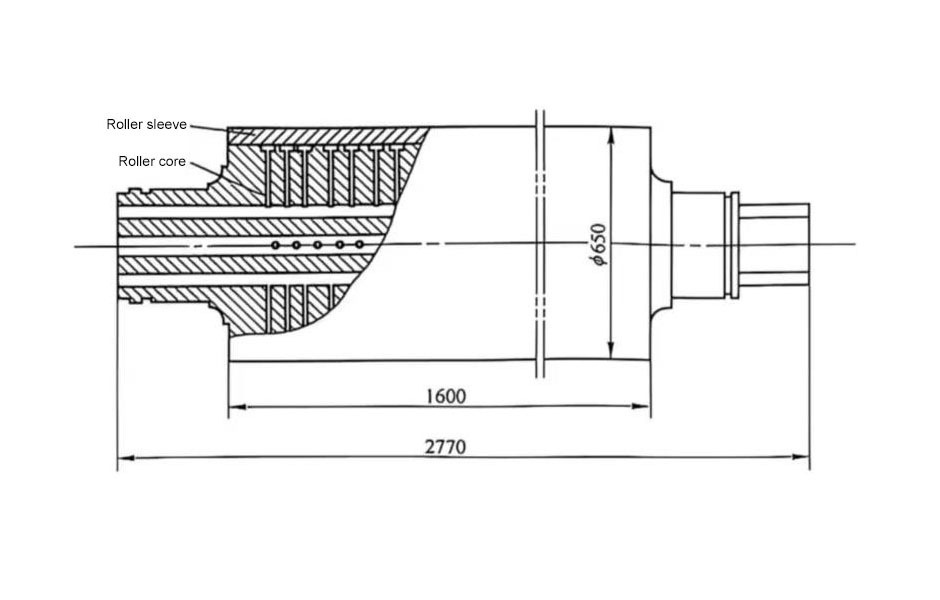The load capacitance refers to the sum of all the effective capacitances inside and outside the IC block connected by the two leads of the crystal oscillator, which can be regarded as the series connection capacitance of the crystal oscillator in the circuit.
The different load frequency determines the different oscillation frequency of the oscillator. For crystals with the same nominal frequency, the load capacitance may not be the same. Because the quartz crystal oscillator has two resonant frequencies, one is a low-load capacitance crystal with a series-connected oscillating crystal oscillator; the other is a high-load capacitance crystal with a parallel oscillating crystal. Therefore, when the crystal oscillators with the same nominal frequency are exchanged, the load capacitance must be the same, and they cannot be exchanged rashly, otherwise the electrical appliances will work abnormally. The device that converts electrical energy into other forms of energy is called a load. Electric motors can convert electrical energy into mechanical energy, electrical resistance can convert electrical energy into heat energy, electric bulbs can convert electrical energy into heat and light energy, and speakers can convert electrical energy into sound energy. Motors, resistors, light bulbs, speakers, etc. are all called loads. The transistor can also be regarded as a load for the previous signal source. The most basic requirements for the load are impedance matching and the power it can withstand.
load refers to the electronic components connected to both ends of the power supply in the circuit. There should not be a load in the circuit and the two poles of the power supply should be directly connected. This connection is called a short circuit. Commonly used loads include power-consuming components such as resistors, engines, and light bulbs. Components that do not consume power, such as capacitors, can also be connected, but this is an open circuit.
